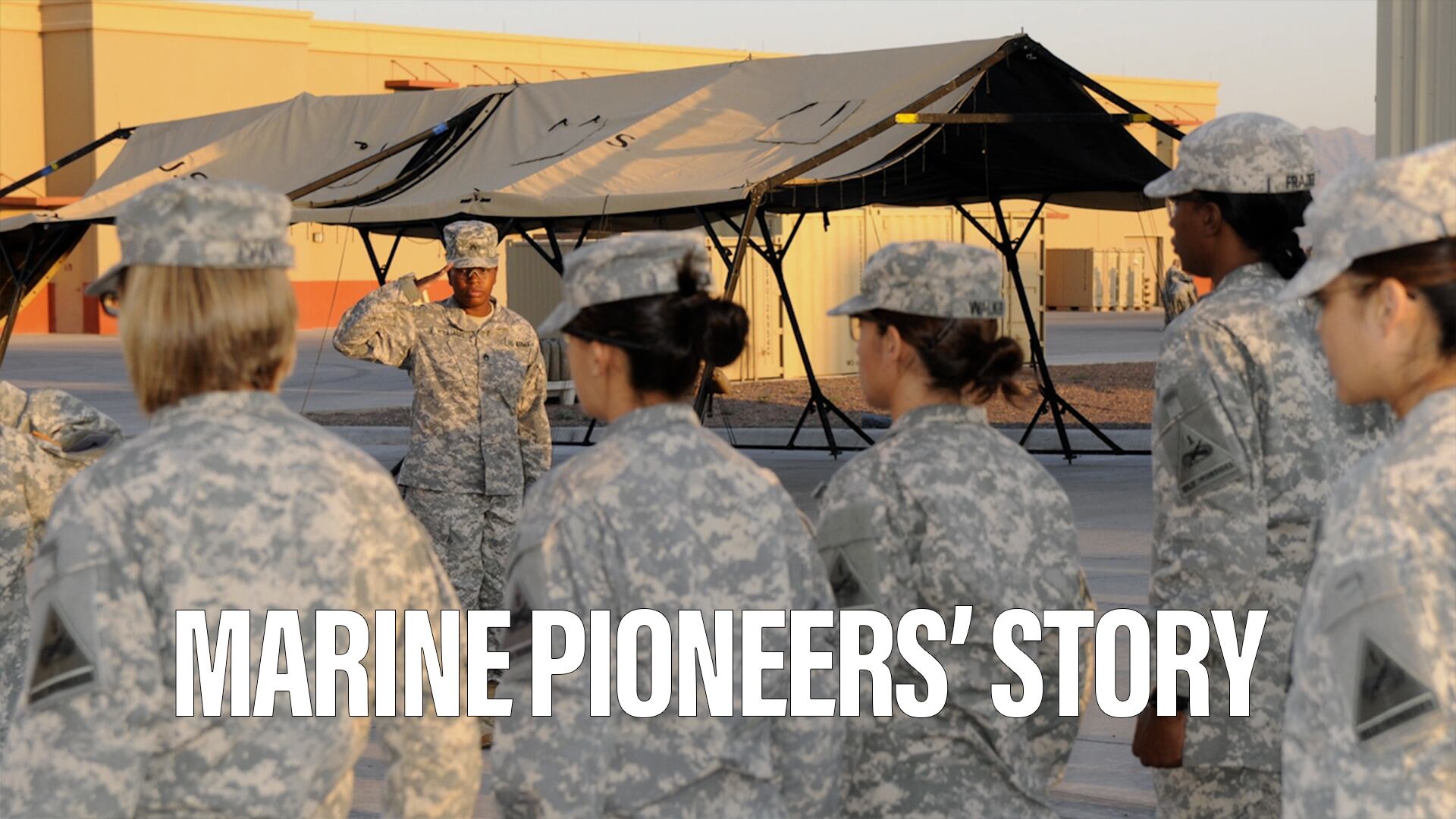The U.S. Army's primary system for generating and disseminating intelligence, surveillance and reconnaissance information to military personnel about the threat, weather, and terrain, needs to be upgraded. Known as the Distributed Common Ground System – Army, or DCGS-A, it was used in the Iraq and Afghanistan conflicts to help soldiers track the improvised explosive device networks operated by insurgents as well as well as enemy activity. Since the outbreak of those two conflicts, DCGS-A has been expanded to provide critical information to both commanders and war-fighters on the battlefield.
By most accounts, DCGS-A works well for commanders and those operating in fixed positions. But on the ground, in combat situations or under extreme conditions, it can be at times difficult and hard for our troops to operate. In fact, the Senate Armed Services Committee recently found that "DCGS-A is operationally suitable and effective when operating from fixed sites and providing direct support to operational and strategic forces," but that the system "is not suitable or effective in providing a reliable capability to tactical forces operating in the field."
To deal with these serious issues -- in addition to increased training for tactical units on the current system -- the Army is working to upgrade DCGS-A to capitalize on advances in technology.
To improve DCGS-A, the Army is currently evaluating proposals from contractors for the effort known as DCGS-A2. As with any large military procurement process, the competition between contractors is intense – as it should be – and efforts are underway at the Pentagon and on Capitol Hill to make sure the new system is both cost effective and an improvement on the current system.
One issue that has received a great deal of attention is an effort to control costs by requiring that DCGS-A2 consider a commercial off-the-shelf (COTS) alternative. On its face, this idea makes sense because it would save the Pentagon significant resources using technology that currently exists, rather than creating an entirely new system. Although I sympathize with the supporters of this effort, it does not seem like a good fit.
One technology company reliant on COTS technology recently protested the Pentagon's procurement process for DCGS-A2 as biased against them. Their protest, filed with the Government Accountability Office, was rejected by the GAO, which concluded, "that there was no commercial solution that could meet all the requirements of DCGS-A2." The agency went on to add that the system, "would have a greater likelihood of success (in that it could avoid certain technical risks, concerns and significant schedule risk and cost uncertainty) by opting to have a single contractor serve as the system integrator in charge of developing and selecting the components and making sure that they can be successfully integrated."
Essentially, what the GAO found is that DCGS-A2 is going to be a highly technical system with open architecture and that if we relied too heavily on COTS, GAO believes it may be more expensive in the long term and could create interoperability and compatibility risks.
Despite the GAO's conclusion, Congress calls for cutting funding for DCGS-A by $93 million and directs the Army to acquire a "non-developmental, commercially-available solution" in the FY17 National Defense Authorization Act (NDAA). Congress' policy directive risks costing taxpayers more in the long run and puts our war-fighters at a disadvantage. This would be a mistake.
As someone who has commanded large-scale military operations, I relied on intelligence systems for real-time data enabling me to make quick decisions that determined the fate of both soldiers' lives and the success of our missions. I am a very strong supporter of a DCGS-A2 system that meets all of the Army's needs. We need Congress to reverse course so that DCGS-A2 can be up and running as soon as possible, in the most cost effective way.
Ret. Major General Buff Blount served as the Army's Deputy G-3 and was the commanding general, 3d Infantry Division (Mechanized), when they were the lead force in capturing Baghdad during the second Iraq War.








